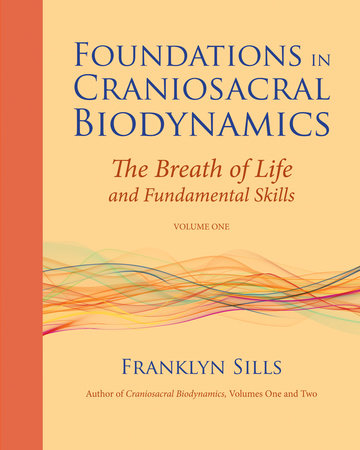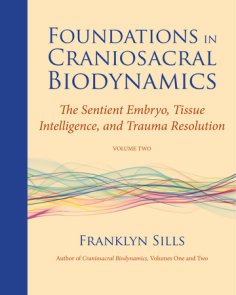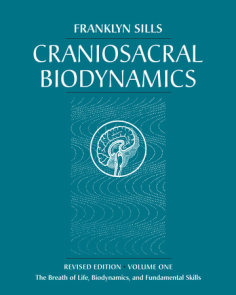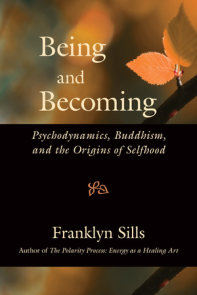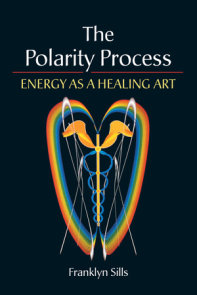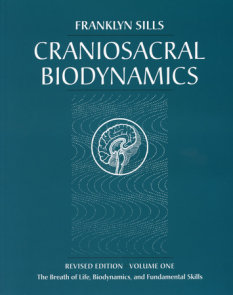

Foundations in Craniosacral Biodynamics, Volume One
By Franklyn Sills
Foreword by Michael Kern
Contributions by Cherionna Menzam, Ph.D.
By Franklyn Sills
Foreword by Michael Kern
Contributions by Cherionna Menzam, Ph.D.
By Franklyn Sills
Illustrated by Dominique Degranges
Foreword by Michael Kern
By Franklyn Sills
Illustrated by Dominique Degranges
Foreword by Michael Kern

-
$35.00
Mar 22, 2011 | ISBN 9781556439254
-
Jan 10, 2012 | ISBN 9781583945322
YOU MAY ALSO LIKE

A Heart as Wide as the World

On This Bright Day

The Real Body Manual

How to Winter

Every Little Thing Quill Be All Right

Esquire The Handbook of Men’s Style

Feeding Tiny Bellies

The Buddha’s Gift to the World

Magical Worlds
Praise
“Foundations in Craniosacral Biodynamics: The Breath of Life and Fundamental Skills V. One provides a fine somatic approach to well-being and biodynamic craniosacral therapy, known for its gentleness and effectiveness in treating traumas and imbalances. It depends on the practitioner’s ability to enter a state of presence oriented to the client’s capacity to heal, so training involves learning not just anatomy and physiology, but psychology skills. This comes from a therapist who offers students and practitioners a step-by-step guide to mastering the skills key to a biodynamic approach, and presents further developments in the field since the publication of his first textbook Craniosacral Biodynamics. Any interested in exercises and training in this area will find this a fine, specific guide to its therapeutic process.”
—Midwest Book Review
21 Books You’ve Been Meaning to Read
Just for joining you’ll get personalized recommendations on your dashboard daily and features only for members.
Find Out More Join Now Sign In






